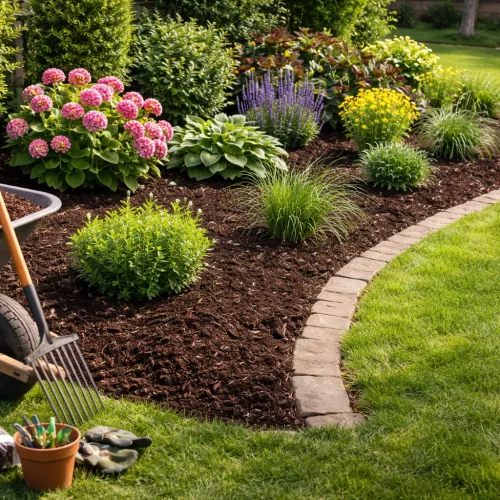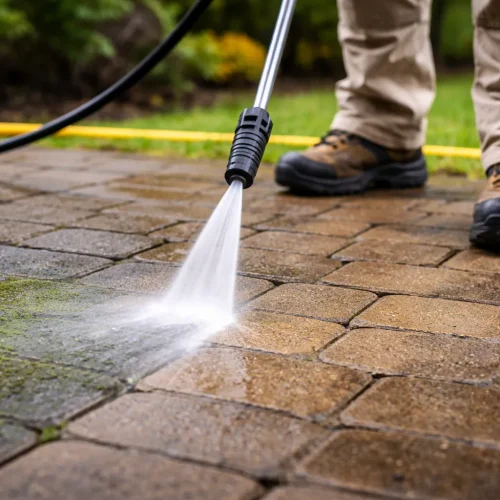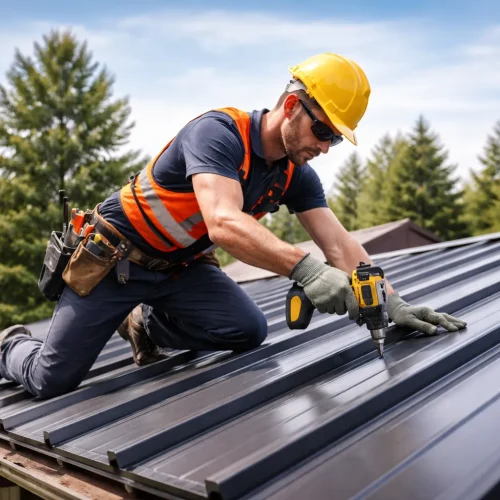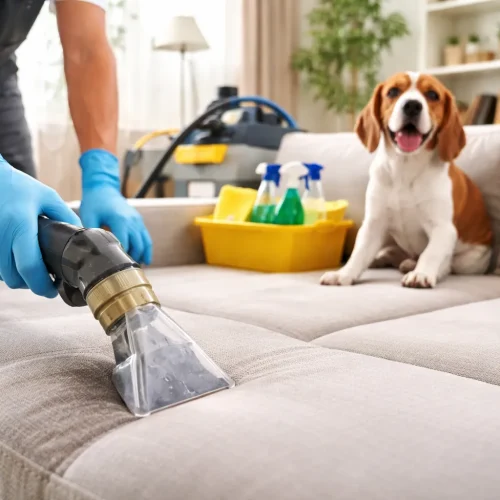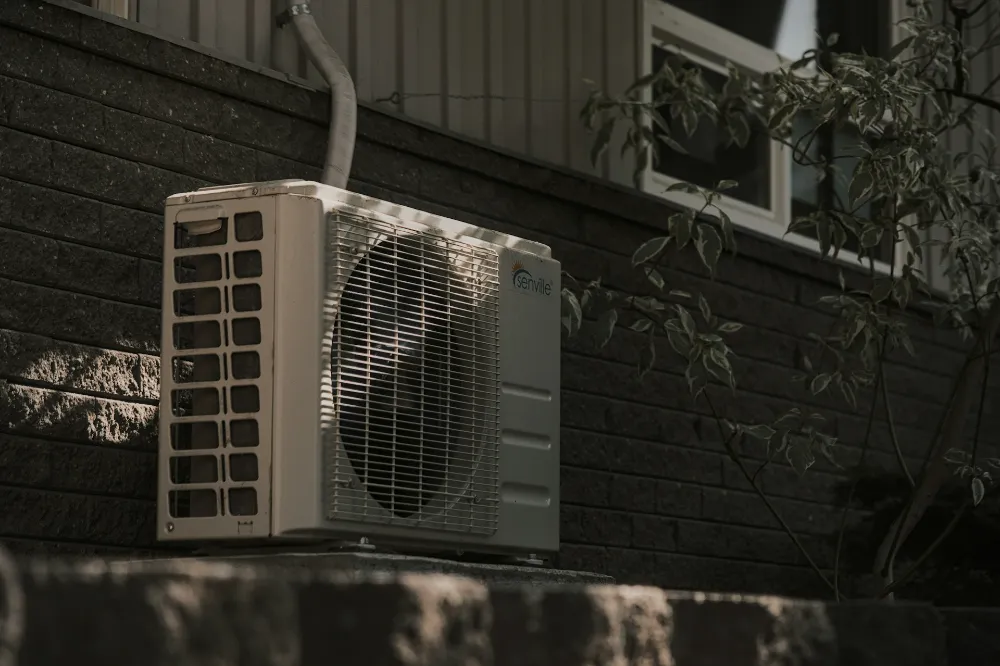
Heating, ventilation, and air conditioning systems are often seen as silent workhorses that keep indoor environments comfortable regardless of the season. Most homeowners only notice their HVAC unit when the thermostat fails to deliver the desired temperature.
Yet, an HVAC system does more than simply battle the outdoor climate; it also responds to hidden challenges within the home. When ignored, these internal struggles can strain the system, shorten its lifespan, and lead to costly repairs. Identifying the subtle clues that your HVAC is battling more than the weather can save both money and comfort.
Unexpected Frost and Ice Buildup
A properly functioning HVAC system should regulate airflow and temperature without signs of freezing. When ice forms on the unit, it signals an imbalance deeper than cold outdoor air. Insufficient airflow, blocked ducts, or a malfunctioning coil may be to blame. While professional servicing is often required to address persistent icing issues, sometimes the solution involves homeowner intervention.
For instance, understanding how to de-ice your air conditioner safely and effectively can restore functionality temporarily until a technician inspects the root cause. Unusual frost should never be dismissed as a minor inconvenience, as it often points to airflow obstructions or refrigerant imbalances that demand immediate attention.
Inconsistent Indoor Temperatures
A healthy HVAC system should distribute air evenly across all rooms. If one room feels stifling while another is chilly, the problem is usually more complex than shifting outdoor temperatures. Duct leaks, poorly calibrated thermostats, or blocked vents can undermine circulation. In many cases, insulation deficiencies also force the system to work overtime to maintain balance. The longer these inconsistencies persist, the harder the system strains, which accelerates wear and reduces efficiency.
Unusual Noises Beyond the Hum of Operation
An HVAC unit is designed to operate with a consistent, low-level hum. When rattling, grinding, or hissing sounds emerge, they indicate problems that extend beyond outdoor weather extremes. Loose components may cause vibration, while grinding can signal worn-out bearings in the motor. Hissing noises frequently stem from refrigerant leaks, which not only compromise efficiency but also pose environmental hazards. Each type of sound points to a distinct internal issue, and ignoring them risks escalating the problem.
Surges in Energy Bills Without Seasonal Justification
Utility bills typically rise during peak winter or summer months, when heating or cooling demand intensifies. However, a sudden and unexplained surge in energy costs often suggests inefficiencies unrelated to weather patterns. Dirty filters, obstructed ducts, and malfunctioning thermostats can all force the HVAC system to work harder than necessary. Refrigerant leaks and failing compressors also elevate energy consumption without improving comfort levels. Tracking monthly bills against seasonal averages can help reveal when the system is under hidden strain.
Frequent Cycling or Irregular Run Times
An HVAC unit should follow predictable cycles, maintaining consistent indoor temperatures with relatively uniform run times. When the system switches on and off too frequently, or when it runs longer than expected, the problem usually extends beyond outdoor climate fluctuations. Thermostat malfunctions, faulty sensors, or clogged filters can all disrupt proper cycling. At times, an oversized or undersized unit may cause irregular operation, constantly starting and stopping in an attempt to regulate temperature.
Declining Air Quality and Rising Dust
Indoor air quality depends heavily on the effectiveness of the HVAC system’s filtration. When filters clog or ducts accumulate debris, dust levels inside the home rise noticeably. Residents may also experience worsened allergy symptoms or respiratory discomfort. These signals indicate that the system is struggling with more than outdoor humidity or temperature—it is failing to properly clean and circulate indoor air. Over time, dirty filters and ducts create an environment where mold, bacteria, and allergens thrive.
Persistent Odors Linked to the HVAC
Strange odors that emerge when the HVAC system cycles on often point to hidden issues. A musty smell usually indicates moisture buildup within ducts, encouraging mold growth. Burning or metallic odors may result from overheating electrical components. In some cases, pest infestations within ductwork can cause foul smells. Regardless of the source, odors should never be dismissed as normal side effects of operation. They serve as clear warnings that the system is fighting additional internal battles.
Moisture Where It Shouldn’t Be
Excess water around HVAC components or dampness near vents signals improper drainage or condensation issues. While some condensation is normal, pooling water indicates a clogged drain line or broken pump. Moisture not only damages surrounding structures but also encourages mold growth inside the system. If ignored, the HVAC unit is forced to expend more energy compensating for the humidity imbalance. Identifying leaks early prevents both structural damage and respiratory health risks.
Slow Response to Thermostat Adjustments
When adjusting the thermostat, most homeowners expect a timely response from their HVAC system. If the unit lags in delivering cool or warm air, the issue often originates within the system itself rather than outdoor conditions. Sluggish performance can stem from failing capacitors, compromised wiring, or weakening compressors. These electrical and mechanical failures grow worse over time, eventually leading to full breakdowns.
Age-Related Decline Beyond Seasonal Stress
Even with routine maintenance, HVAC systems eventually succumb to age-related wear. Units more than a decade old often show signs of struggling regardless of outdoor conditions. Declining efficiency, frequent repairs, and irregular operation suggest that the system is battling more than the weather—it is nearing the end of its functional life. While replacement is a significant investment, continued reliance on an aging system typically results in higher utility costs and more frequent breakdowns.
The Hidden Cost of Neglect
Every subtle clue—whether unusual sounds, odors, or ice buildup—represents a warning that the HVAC system is straining against hidden obstacles. Ignoring these signs not only reduces efficiency but also risks permanent damage to expensive components. Routine inspections, timely filter replacements, and professional servicing provide the necessary support to ensure the system focuses on battling external weather rather than internal faults.
When HVAC systems appear to struggle without obvious cause, the real battle is often invisible. Whether the culprit is clogged ducts, failing electrical components, or poor air quality, these issues demand attention. Homeowners who remain alert to subtle clues can prevent small problems from becoming overwhelming repairs.




